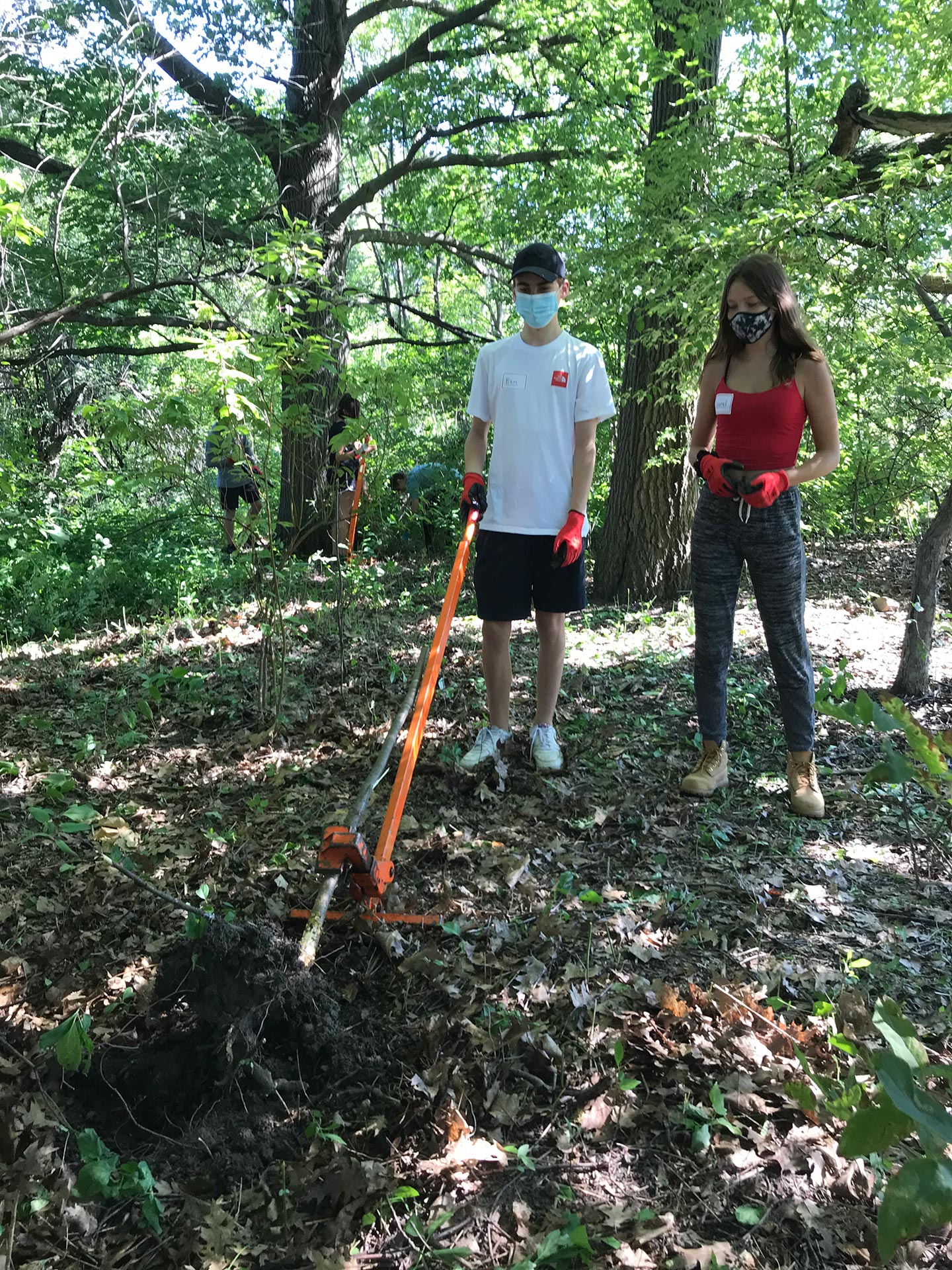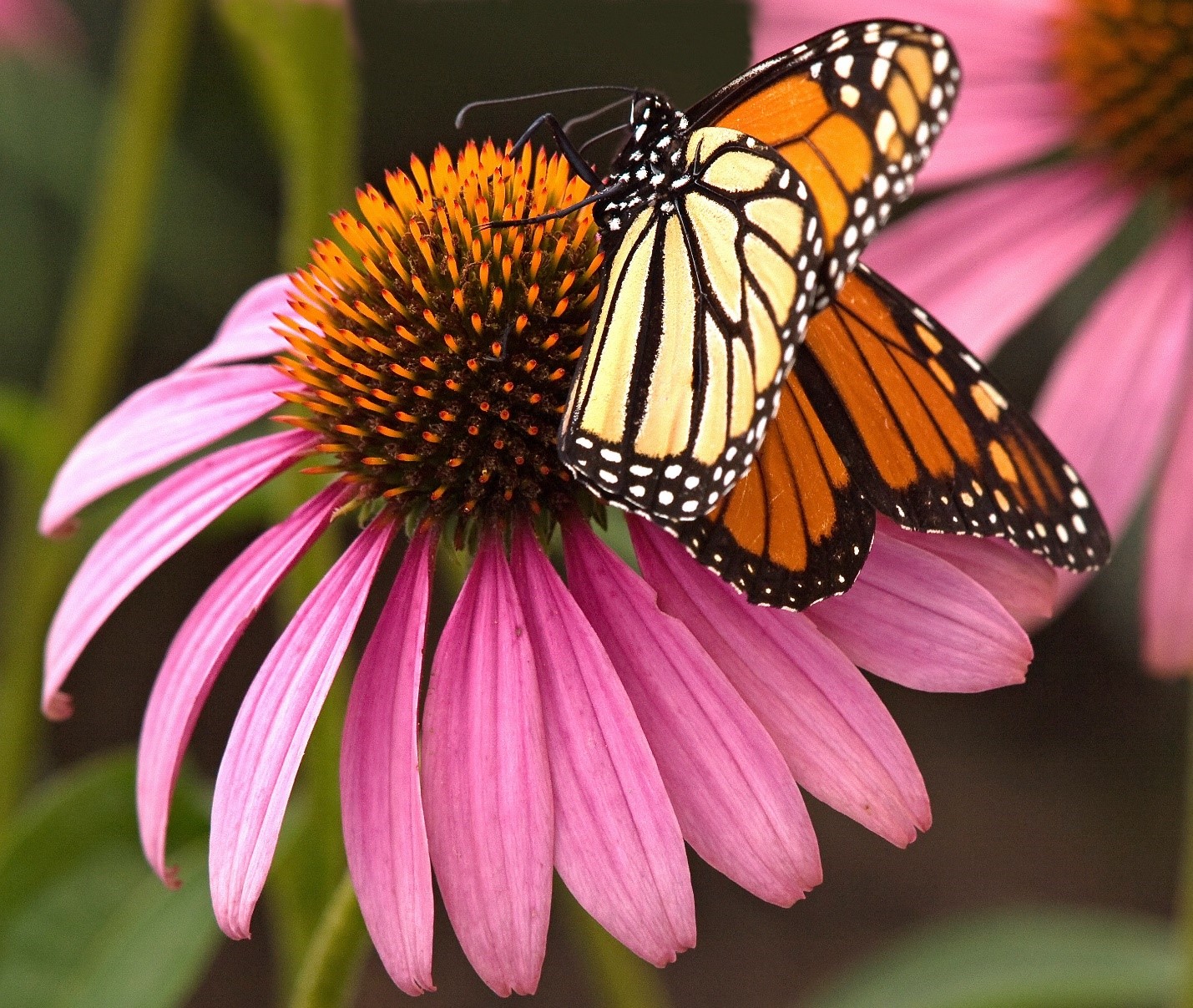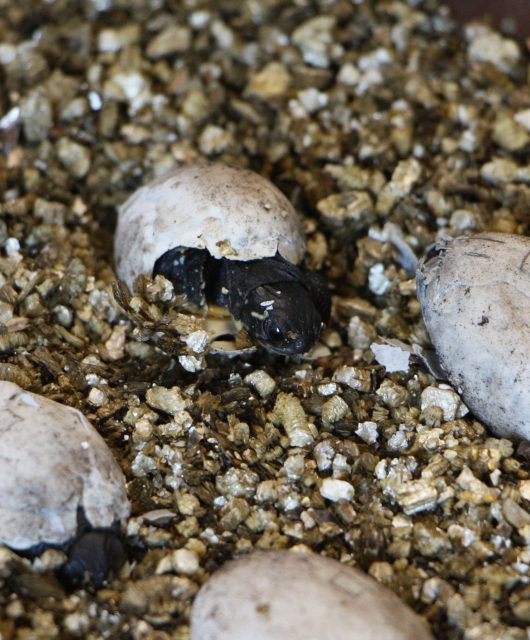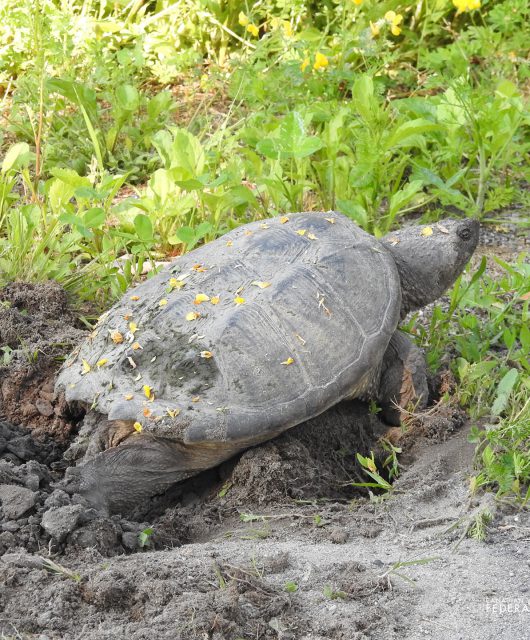Does that genteel looking plant in the corner have a darker side? Can a seemingly well-behaved garden plant become a menace, threatening native plants and wildlife?
Some plants, while appearing safely confined, are able to surreptitiously spread to natural areas. Wind, hungry birds, and rain can carry seeds great distances.
A number of invasive, and potentially invasive, plant species were introduced to Canada as garden plants. Japanese knotweed, autumn olive, English holly, Tatarian honeysuckle, glossy and common buckthorn, dames rocket, Scotch broom, and Norway maple are just some of the once-popular ornamental plants which over-extended their welcome.
Of the approximately 4,200 plant species in Canada, almost one third are exotics (originating from other areas of the world).
While many of these do not cause major problems, those considered “invasive” are becoming an alarming concern and a serious threat to natural habitats in Canada. These aliens directly threaten a number of our endangered species by bullying them out of house and home. Invasives are able to out-compete native species for food, light, and space. While some may argue, “let the best plant win”, ignoring the problem diminishes our environment.
Most ecosystems are made up of a great diversity of plants. If an alien plant takes over a natural area, many native plants will disappear. This one aggressor then dominates the ecosystem. As the variety of plant life diminishes, so does the diversity of food available to wildlife. Many wildlife species, which evolved in connection with native vegetation, will also disappear.
Invasive plants share some common characteristics. Generally, they are adaptable to a variety of soil and climate conditions, produce abundant, easily dispersed, and long-lasting seeds, and have effective defences to ward off potential predators. In addition, they have a decided advantage over native plants since their natural predators did not follow them from their homelands. The absence of the insects or diseases that would normally keep them under control allows them to reproduce without restraint in their new homes.
Control of Invasive Plants

There are a number of options for the control of invasive plants:
- Physical removal. This time-consuming and labour-intensive option is effective in the removal of small infestations but care must be taken to insure all seeds and rootstocks are removed. If done early enough, physical removal can prevent an invasive alien from becoming established.
- Controlled burning. An option for trained professionals only, this method requires extreme care.
- Biological control. This method introduces species that naturally feed on invasive plants to infested areas. Its great potential must be balanced against the extreme risk of introducing new organisms into natural ecosystems. If not screened carefully, the new species can create greater problems than their intended targets.
- Preventing plants from invading new areas avoids the incredible cost of controlling them once they become established. If a plant has become invasive in one area we must learn from this experience. We also need to be very aware of the potential of any exotic plant to overstep its welcome.
What You Can Do

Include native plants in your butterfly garden like asters, milkweeds, Joe pye weeds and Echinacea.
- Avoid the use of aggressive spreaders that are not native to your area.
- Favour native plants in your garden.
- Check with naturalist or horticulture groups in your community for lists of locally invasive or potentially invasive plants.
- Check out the Invasive Plants of Canada Project website
- Start a community project to combat local infestations of invasive species.




